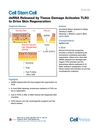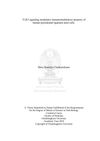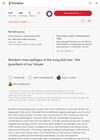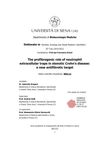Toll-Like Receptor Function in Acute Wounds
May 2017
in “
Advances in wound care
”
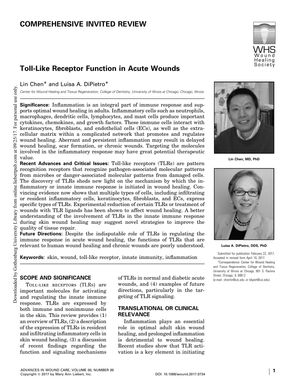
TLDR Toll-like receptors are important for wound healing, but can slow it down in diabetic wounds.
The document from 2017 reviews the role of Toll-like receptors (TLRs) in acute and diabetic wound healing, highlighting their presence in various cell types involved in the healing process. TLRs are crucial for recognizing pathogens and damaged cells, and their signaling pathways are important in regulating inflammation, cytokine expression, reepithelialization, granulation, and angiogenesis during wound repair. The review notes that TLRs are significantly elevated in mouse skin wounds and that deficiencies in TLR2, 3, 4, or 9 result in delayed wound healing in mice. In diabetic mice, TLR2 and TLR4 signaling pathways are associated with slower wound closure, suggesting that TLR-mediated inflammation may impede healing. Additionally, microRNAs are mentioned as regulators of gene expression, including TLR signaling, and their negative regulation is important for wound healing. The authors call for more research to fully understand the specific roles of TLRs and their ligands in wound healing, as well as the implications for human skin wounds and chronic wounds. The research was supported by NIH grants.
